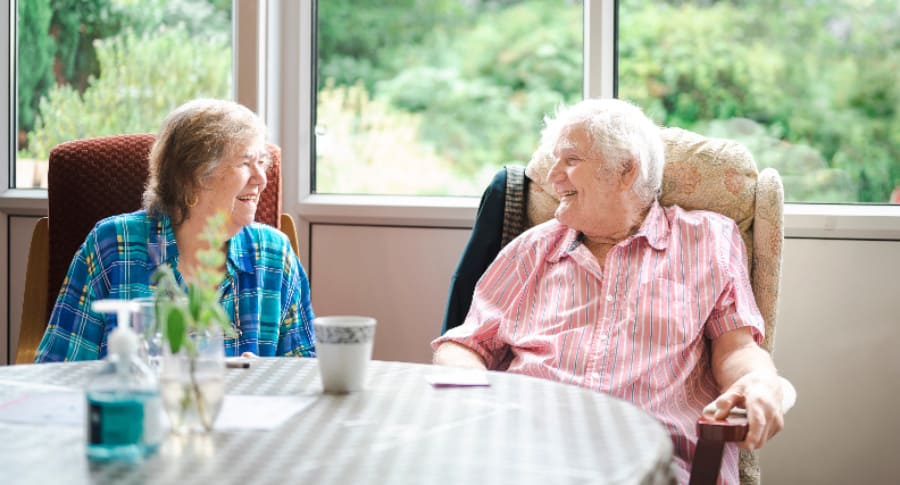Comment: How the right technology can support an inclusive healthcare environment
According to the UK Government, there are 14.6 million people across the UK reporting themselves as having a disability. Healthcare environments need to make reasonable adjustments for disabled people, people with visual or hearing impairments, to ensure their services are accessible. These spaces need to utilise technology to make sure these groups receive the same high-quality healthcare experience as others.
Mark Atkinson, Sales Manager at Universal AV, shares how the right technology can support an inclusive healthcare environment.
Technology to allow independence
Universal AV believe equality can be promoted in healthcare environments by ensuring that everyone has the opportunity to be independent and do things for themselves if they wish to.
Providing tools such as interactive displays and accessible visitor management systems in areas such as GP receptions and waiting rooms, gives people the chance to check themselves into appointments, or access information, without having to ask for help.
These technologies can be particularly valuable and of comfort to people with social anxieties, where having to interact with others could be a deciding factor when choosing whether to attend an appointment or not, or for those who have communication difficulties which cause them to be non-verbal.
Technology to provide information
Those with audio or visual impairments often require assistive technologies to help them navigate around a space, and when it comes to healthcare environments, there are several things which could lead to these groups feeling excluded if not carefully considered, according to Universal AV.
Places like hospitals and doctors’ surgeries often use audio announcements to give patients information and directions. High-quality microphones and speakers, as well as acoustic wall and ceiling panels to absorb echoes, are important, and these audio solutions must be set up correctly to ensure announcements can be heard clearly by all listeners.
Digital signage is also a great solution for those with visual impairments. Content on digital signs can be easily adjusted and QR codes can be added which users can then scan to open the sign on their device. This would allow them to magnify, rotate and highlight content as they require, and even have text read out loud to them using text-to-speech, to ensure that they can find the information they need.
Technology to aid communication
One of the biggest barriers to inclusivity that Universal AV has often seen is when an environment is not set up correctly for communication, something which healthcare professionals rely on to inform and treat patients.
Communication solutions, such as induction loops, are easy to implement and can really elevate visitor experiences. In healthcare settings, these devices help to make patients with impairments feel more comfortable.
For people with limited mobility and who may find accessing appointments harder, video conferencing is a great option which allows patients to speak with doctors from their own home and can often help save time and the stress of an in-person appointment.
All spaces should invest in audio and visual technologies to help keep their services accessible to all, but in healthcare environments, this inclusion is even more valuable and makes a huge difference in ensuring patients are receiving the care they need.
Universal AV Services, an award winning audiovisual integration specialist, has been consulting, designing, supplying and integrating innovative audio visual equipment for over 30 years. It specialises in communication solutions to facilitate agile, hybrid and collaborative environments across all sectors through AV services.



